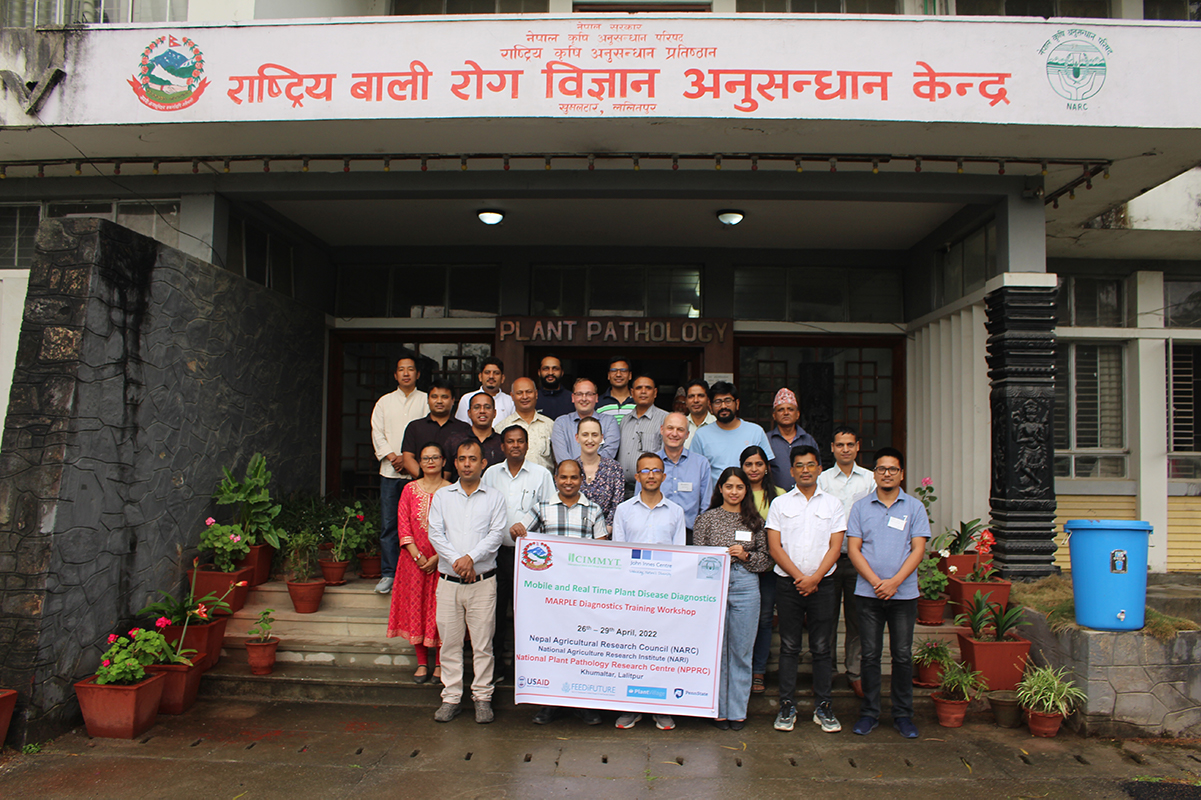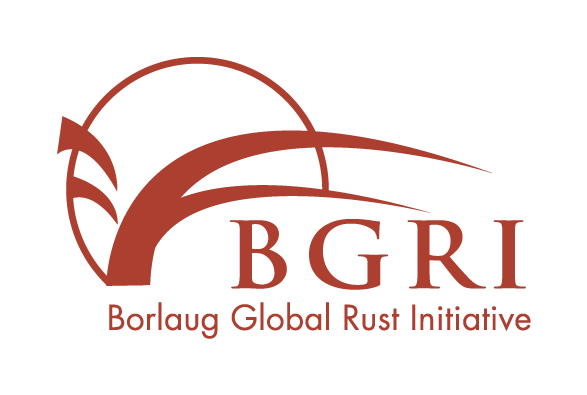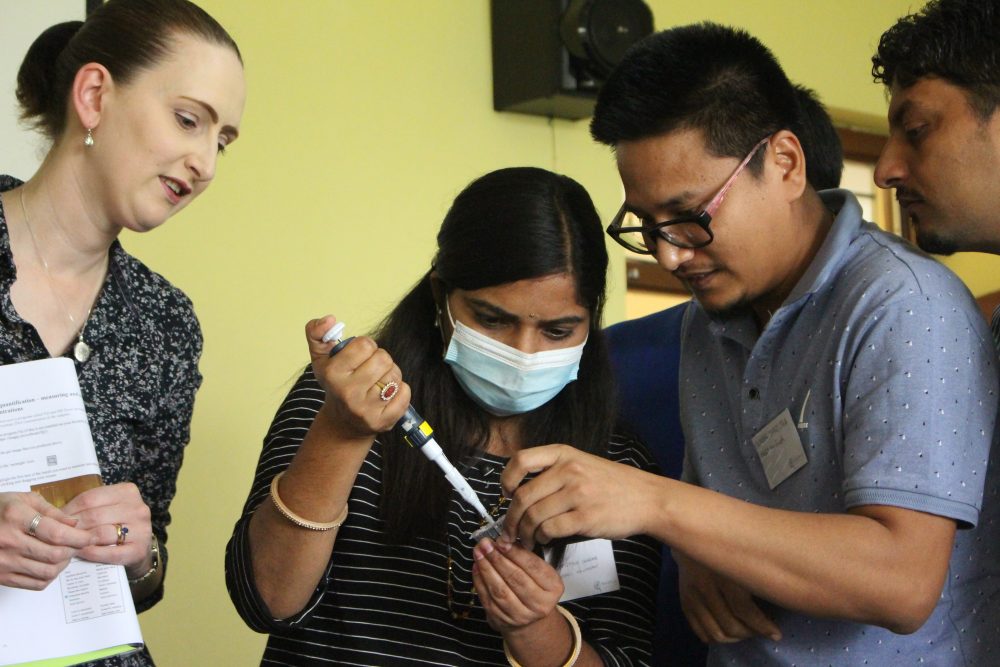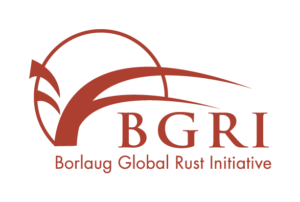Researchers from the Nepal Agricultural Research Council (NARC) and iDE Nepal, took part in a workshop to equip them with the most advanced genetic testing methodology for strain-level diagnostics of the deadly wheat yellow rust fungus.
The workshop — which trained 21 researchers from NARC and one from iDE Nepal — was held at the National Plant Pathology Research Centre (NPPRC) in Khumaltar led by John Innes Centre and CIMMYT scientists and aimed to train Nepali researchers in the use of MARPLE diagnostics.
“The need for new diagnostic technologies like MARPLE and the critical timing of the workshop was highlighted by the severe yellow rust outbreak observed this season in the western areas of Nepal” said Dave Hodson project co-lead from CIMMYT. “Having national capacity to detect the increasing threats from yellow rust using MARPLE will be an important tool to help combat wheat rusts in Nepal.”
The wheat yellow rust fungus can cause grain yield losses of 30 – 80 % to wheat, Nepal’s third most important food crop.
“The ability to detect yellow rust early is a game-changer for farmers in South Asia and around the globe,” said project co-lead Diane Saunders. “MARPLE builds off foundational work from the Borlaug Global Rust Initiative and partners to bolster the network of early-warning systems necessary to protect wheat in the field.”
Current diagnostic methods for wheat rust used in Nepal are slow (typically taking months between collecting the sample and final strain identification), costly and reliant on sending samples overseas to highly specialized labs for analysis.
MARPLE diagnostics is the first method to place strain-level genetic diagnostics capability directly into the hands of Nepali researchers, generating data in-country in near-real time for immediate integration into early warning systems and disease management decisions.
“This is a fantastic opportunity to bring the latest innovations in plant disease diagnostics for the wheat rust pathogens to where they are needed most, in the hands of researchers in the field working tirelessly to combat these devastating diseases,” said Saunders.

Above: Twenty-one researchers from the Nepal Agricultural Research Council (NARC) and one from iDE Nepal took part in a MARPLE workshop at the National Plant Pathology Research Centre (NPPRC) in Khumaltar. Photo credit: Danny Ward.
Suraj Baidya senior scientist and chief of National Plant Pathology Research Centre at NARC noted the worrying recent geographical expansion of yellow rust in Nepal: “Due to global warming, yellow rust has now moved into the plain and river basin area likely due to evolution of heat tolerant pathotypes. MARPLE diagnostics now gives us the rapid diagnostics needed to help identify and manage these changes in the rust pathogen population diversity.”
The highly innovative MARPLE diagnostics approach uses the hand-held MinION nanopore sequencer, built by Oxford Nanopore, to generate genetic data to type strains of the yellow rust fungus directly from field samples.
Beyond MARPLE diagnostics, Dr Saunders noted that “the workshop has also opened up exciting new possibilities for researchers in Nepal by providing local genome sequencing capacity that is currently absent.”
What’s next for MARPLE diagnostics in Nepal? Following the successful workshop, Nepali researchers will be supported by the John Innes Centre and CIMMYT to undertake MARPLE diagnostics on field samples collected by NARC. “The current plan includes monitoring of yellow rust on the summer wheat crop planted at high hill areas and then early sampling in the 2022/23 wheat season,” said Hodson.
Diane Saunders remarked “We were struck by the enthusiasm and dedication of our colleagues to embrace the potential offered by MARPLE diagnostics. Looking forward, we are excited to continue working with our Nepali colleagues towards our united goal of embedding this methodology in their national surveillance program for wheat rusts.”
MARPLE diagnostics is supported by the Feed the Future Innovation Lab for Current and Emerging Threats to Crops funded by the United States Agency for International Development (USAID), the UK Biotechnology and Biological Sciences Research Council (BBSRC) Innovator of the Year Award, the CGIAR Big Data Platform Inspire Challenge, the Bill & Melinda Gates Foundation and the Foreign, Commonwealth and Development Office (UK).
A version of this article first published on the John Innes Centre website.






